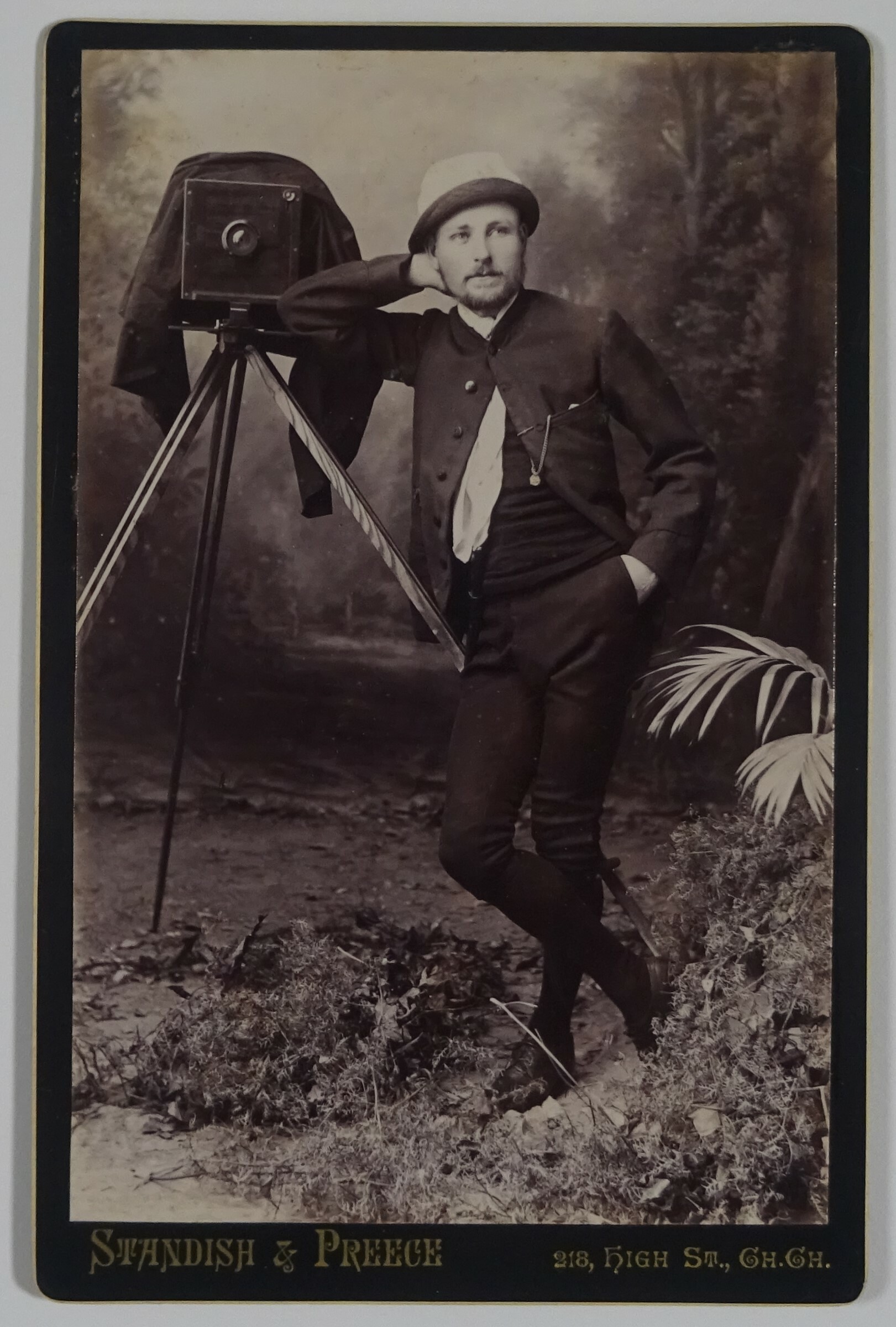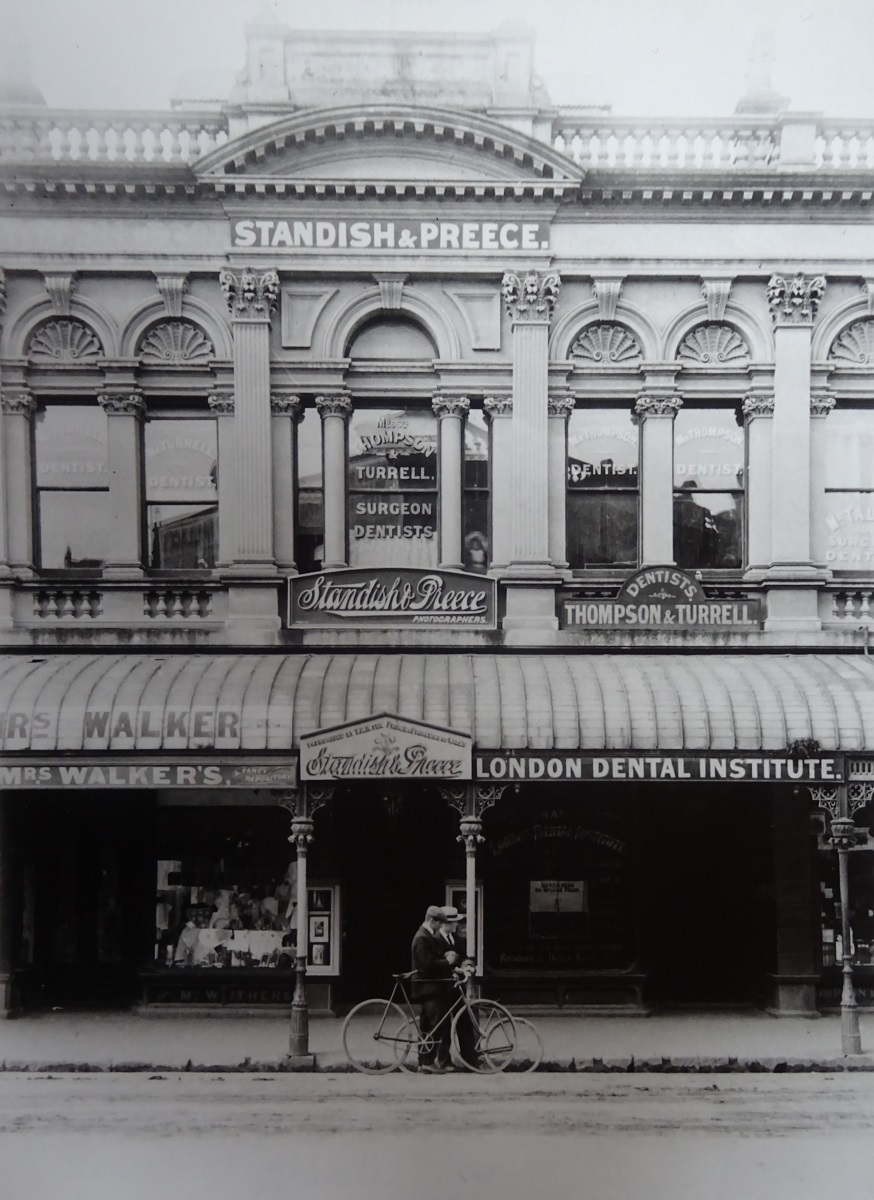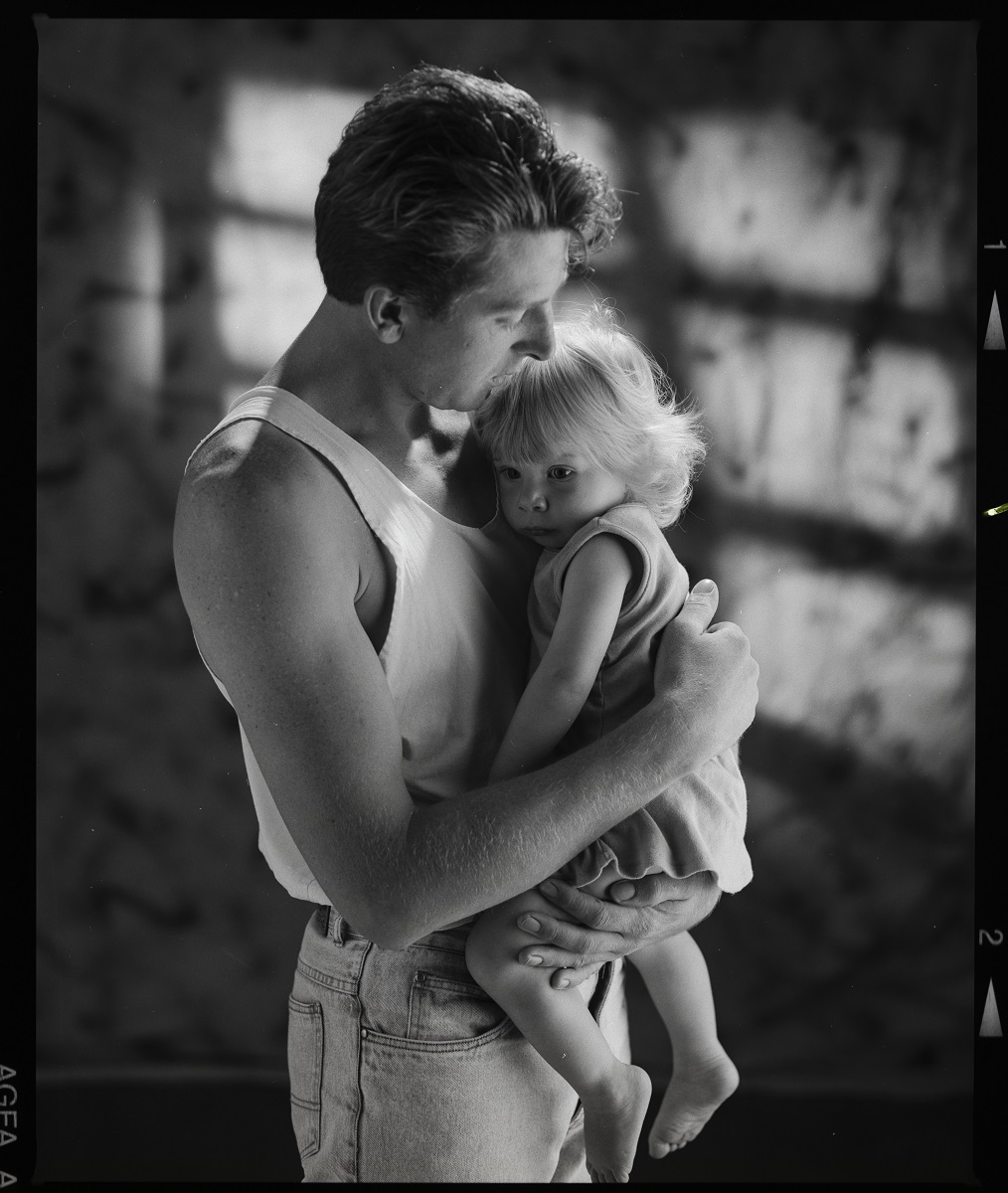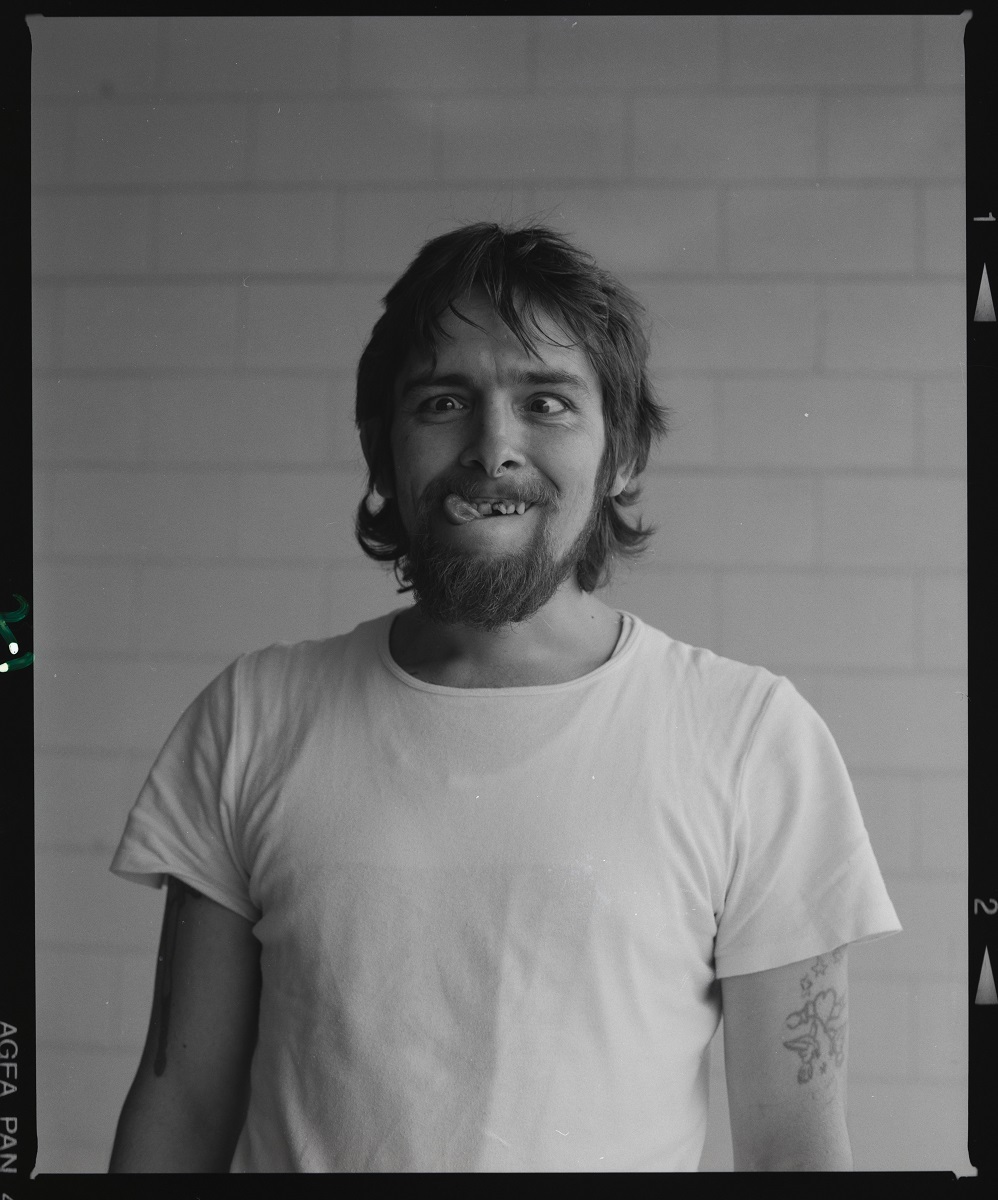Canterbury Museum cares for thousands of photographs from New Zealand's longest-running photography studio, Standish and Preece. These photos, which span more than a century, are an important record of the family, social and civic life of Canterbury and its people.
We're in the process of putting this collection online, and we need your help to identify and find out more about the people, places and stories the images depict.
Founded in Christchurch in 1885 by Frank Berry Standish and Alfred Ernest Preece, Standish and Preece did not cease business until 126 years later.
This was despite the original partnership only lasting five years; Standish moved to California in 1890 but the business retained his name. It remained Standish and Preece even after Preece sold up and retired to a Port Hills orchard in 1945.

Frank Berry Standish immigrated to New Zealand from London sometime before 1880. His father and grandfather were both artists and Frank also did a bit of painting. Photography was a common trade for artists in the nineteenth century, with many describing themselves as "artist photographers”.

Alfred Ernest Preece was born in Christchurch. He was a keen cyclist who joined the Christchurch Pioneer Cycling Club in the early 1880s and set up the Christchurch Cyclists’ Exchange when he was only 21 years old. In November 1884, while on a cycling trip in England, he became interested in photography after buying an Instantograph dry-plate camera. Shortly after returning home, he partnered with Frank and Standish and Preece began.
Their first location was on Montreal Street but in late 1886 they moved to their long-standing premises on High Street. Thousands of Cantabrians had portrait photographs taken in that studio until the business moved again to premises on Tuam Street around 100 years later. Many more people were photographed on location as the studio expanded their repertoire to include events and corporate photography in later decades.

Standish and Preece came to an end following the 2010 and 2011 Canterbury earthquakes. Their Tuam Street premises were destroyed in the 22 February 2011 quake and although they rebuilt, trading never resumed and the new building was sold off. Technically the company still exists, but there has been no business since 2011.
In 1992, Standish and Preece donated their collection of photographic negatives dating from their foundation up to the early 1960s, more than 36,000 photographs, to Canterbury Museum. Then, in 2017, 39,000 further photographs from the remainder of the studio's time in business were also gifted to the Museum, completing the collection. In time all 75,000 photos will be available on the Museum’s Collections Online website. They include portraits of families, graduates, school classes, sports teams and more, as well as wedding photos, balls and parties, corporate events, business advertising and landscape photography.

The collection shows a multitude of faces and charts the social history of Christchurch. Fashion trends, changing demographics and even the growth and development of Christchurch’s architectural heritage can be seen across the decades. There are racy images (which may not make it online!), cute images and downright weird images.

Besides the photographs, the Museum has also collected numerous items from Standish and Preece’s studio over the years. The Museum now holds the studio doors, blinds and curtains, carpet, lights, camera and accessories, and the soft toys that Standish and Preece photographers used to distract thousands of babies and children.
More than 32,000 of the images have now been made available on Collections Online on the Museum's website. More will be added as they are catalogued. You can see the photos that have been completed here.
The Museum's collection of Standish and Preece photographs is being catalogued and digitised by a team of three, with funding from the Lottery Grants Board and the Estate of Rose Reynolds. Rosa Josephine Reynolds MBE (1907–1994), known as Rose, was the Honorary Curator of Canterbury Museum’s Early Colonial collections from 1948 to 1977. She was a founding member of the Friends of Canterbury Museum. On her death in 1994 she bequeathed her estate to the Museum.
The Museum is very grateful to the last owner of Standish and Preece, John Hunter, for his kind and important donation.






